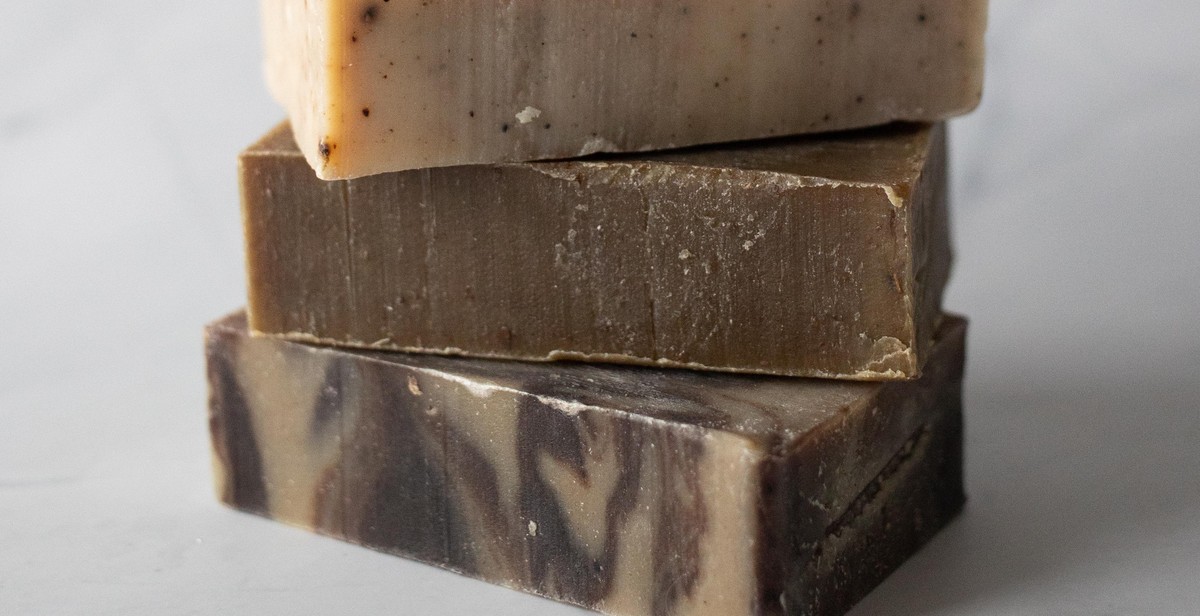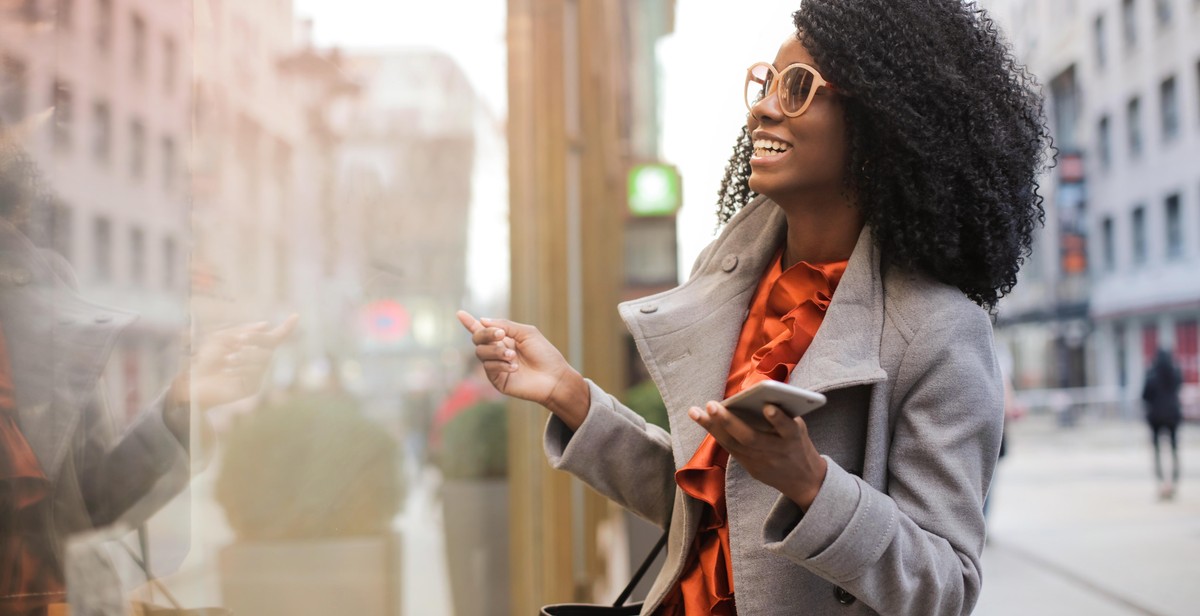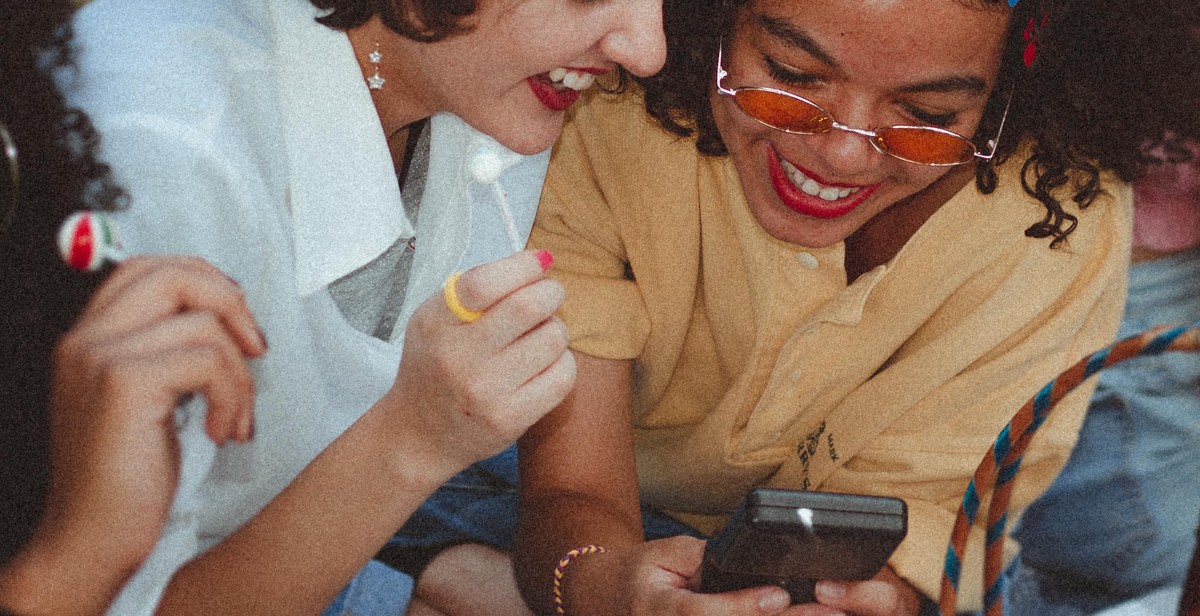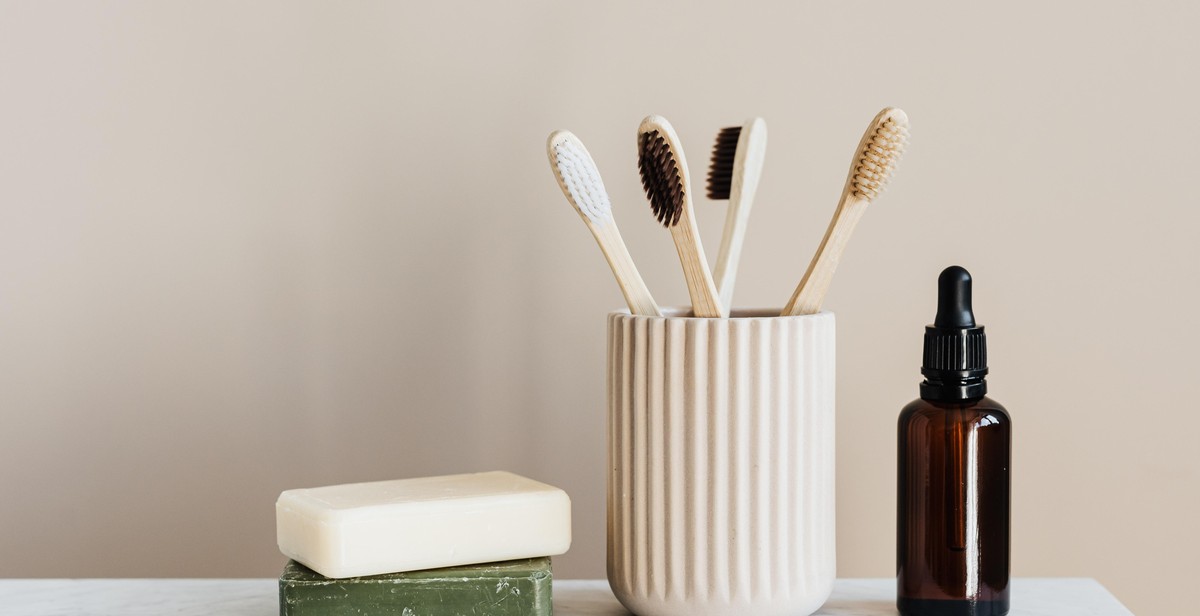How to Develop a Personal Style: Discovering and Expressing Your Unique Fashion Identity
Personal style is an expression of your own unique fashion identity. It is a reflection of how you perceive yourself and how you want the world to perceive you. Developing a personal style is a process of self-discovery, self-expression, and self-confidence. It is a way of communicating who you are without saying a word.
What is Personal Style?
Personal style is a combination of your personality, lifestyle, and fashion sense. It is the way you dress, accessorize, and present yourself to the world. Personal style is not just about following the latest fashion trends, but it is about creating a look that is unique to you. It is about finding the right balance between comfort and style, and knowing what works for your body type and skin tone.
Developing a personal style is important because it helps you feel confident and comfortable in your own skin. It allows you to express yourself and stand out from the crowd. A well-defined personal style can also save you time and money by helping you make better fashion choices and avoiding impulse buys.
In this article, we will explore the process of developing a personal style, from discovering your fashion identity to expressing it through your wardrobe. We will provide you with practical tips and advice on how to create a personal style that is unique to you.

Step 1: Self-Discovery
Developing a personal style requires a deep understanding of your unique fashion identity. This involves knowing your body type, understanding your lifestyle and personality, and identifying your style icons.
Know Your Body Type
Understanding your body type is essential in discovering your personal style. It helps you identify the clothing styles that flatter your figure and enhance your best features. There are five main body types: apple, pear, hourglass, rectangle, and inverted triangle. Take some time to examine your body shape and determine which category you fall into. Once you know your body type, you can start exploring clothing styles that complement your figure.
Understand Your Lifestyle and Personality
Your fashion choices should reflect your lifestyle and personality. Consider the activities you engage in regularly and the type of environment you live in. If you work in a corporate environment, for example, you may need more formal attire than someone who works from home. Your personality also plays a significant role in your fashion identity. Are you an introvert or an extrovert? Do you prefer bold or subtle fashion choices? These factors should guide your personal style choices.
Identify Your Style Icons
Your style icons are individuals whose fashion choices you admire and resonate with. It could be a celebrity, a friend, or a colleague. Take note of the fashion styles they wear and the elements that make their outfits stand out. Use this as inspiration to create your unique fashion identity. However, remember to stay true to yourself and not copy their style entirely.
By following these steps, you’ll have a better understanding of your unique fashion identity, which is the foundation for developing a personal style that is both authentic and stylish.

Step 2: Experimentation
Now that you have identified your personal style, it’s time to experiment with different silhouettes, patterns, colors, and accessories to bring your unique fashion identity to life. Here are some tips to help you get started:
Try Different Silhouettes and Shapes
One of the easiest ways to experiment with your personal style is to try out different silhouettes and shapes. Don’t be afraid to step out of your comfort zone and try something new. If you typically wear skinny jeans, try a pair of wide-leg pants or culottes. If you usually wear flowy tops, try a fitted blouse or a crop top. By trying out different silhouettes and shapes, you can discover what looks best on your body type and what makes you feel confident and comfortable.
Mix and Match Patterns and Colors
If you tend to stick to neutral colors and solid prints, it’s time to mix things up. Experiment with different patterns and colors to add some interest to your outfits. Start small by incorporating a patterned scarf or a colorful accessory, and then work your way up to bolder prints and brighter hues. Don’t be afraid to mix and match patterns and colors – just make sure they complement each other and don’t clash.
Play with Accessories
Accessories are a great way to add personality to your outfits and experiment with your personal style. Try different types of jewelry, hats, scarves, and bags to see what works best for you. Don’t be afraid to mix and match different accessories to create a unique look. Remember, the key is to have fun and express yourself!
| Tip | Description |
|---|---|
| Start Small | Don’t overwhelm yourself by trying too many new things at once. Start with one new silhouette, pattern, or accessory at a time. |
| Take Pictures | Take pictures of your outfits to see how they look on camera. This can help you identify what works and what doesn’t. |
| Shop Secondhand | Experimentation can be expensive, so consider shopping secondhand or borrowing clothes from friends to save money. |

Step 3: Building Your Wardrobe
Now that you have a better understanding of your personal style and the types of clothing that suit you best, it’s time to start building your wardrobe. Here are some tips to help you create a well-rounded collection of clothing:
Invest in Quality Basics
Basics are the foundation of any wardrobe, so it’s important to invest in high-quality pieces that will last. Look for classic styles that won’t go out of fashion, such as a white t-shirt, a black blazer, and a pair of well-fitting jeans. These pieces can be dressed up or down and will provide a solid base for any outfit.
Add Statement Pieces
While basics are important, it’s the statement pieces that really bring an outfit to life. These are the items that reflect your personal style and add interest to your look. When choosing statement pieces, think about what makes you feel confident and comfortable. It could be a bold print, a unique texture, or a pop of color. Just make sure that the statement piece complements your basics and doesn’t overpower them.
Don’t Forget About Shoes and Bags
Accessories are just as important as clothing when it comes to creating a well-rounded wardrobe. Shoes and bags can make or break an outfit, so it’s important to choose them wisely. Invest in a few high-quality pairs of shoes that will work with a variety of outfits, such as a pair of black pumps and a pair of comfortable flats. When it comes to bags, look for a versatile option that can be worn with both casual and formal outfits, such as a leather tote or a crossbody bag.
| Basics | Statement Pieces | Accessories |
|---|---|---|
| White t-shirt | Colorful patterned blouse | Leather tote bag |
| Black blazer | Statement necklace | Black pumps |
| Well-fitting jeans | Bold printed skirt | Crossbody bag |
| Neutral sweater | Unique textured jacket | Comfortable flats |
With these tips in mind, you’ll be well on your way to building a wardrobe that reflects your unique fashion identity. Remember to choose pieces that make you feel confident and comfortable, and don’t be afraid to experiment with different styles and trends until you find what works best for you.

Step 4: Putting it All Together
Now that you have discovered your personal style and have a better understanding of what you like and dislike, it’s time to start putting together outfits that reflect your unique fashion identity. Here are some tips to help you create outfits that showcase your personal style:
Creating Outfits That Reflect Your Personal Style
- Start by selecting a few key pieces from your wardrobe that you love and feel comfortable in. These pieces should be versatile enough to mix and match with other items in your wardrobe.
- Experiment with different combinations of these pieces to create outfits that reflect your personal style. Don’t be afraid to mix and match patterns, textures, and colors.
- Add accessories to complete your outfits. Accessories can help tie your look together and add a personal touch. Consider adding a statement necklace, a scarf, or a hat.
- Remember to always dress for yourself and not for others. Your personal style should be a reflection of who you are and what makes you feel confident and comfortable.
Dressing for Different Occasions
While it’s important to stay true to your personal style, it’s also important to dress appropriately for different occasions. Here are some tips to help you dress for different events:
| Occasion | What to Wear |
|---|---|
| Work | Choose professional and polished outfits that are appropriate for your workplace. Avoid anything too revealing or casual. |
| Formal Events | Opt for elegant and sophisticated outfits such as a cocktail dress or a suit. Dress shoes and a clutch or small purse are good accessories. |
| Casual Outings | Choose comfortable and casual outfits that still reflect your personal style. This can be a pair of jeans and a t-shirt or a sundress and sandals. |
Remember to always feel comfortable and confident in whatever you choose to wear. Your personal style is unique to you and should be celebrated!

Conclusion
Developing a personal style can be a challenging and rewarding process. It requires self-awareness, experimentation, and a willingness to take risks. By following the tips and strategies outlined in this article, you can discover and express your unique fashion identity.
Remember that your personal style is not just about what you wear, but also how you carry yourself. Confidence and authenticity are key components of any personal style, so don’t be afraid to embrace your quirks and individuality.
As you continue to develop your personal style, don’t forget to have fun with it! Fashion should be an enjoyable and creative outlet, so don’t take it too seriously. Experiment with different colors, textures, and patterns, and don’t be afraid to mix and match to create unexpected combinations.
Finally, keep in mind that personal style is a journey, not a destination. Your style will evolve and change over time, and that’s okay. Embrace the journey, and enjoy the process of discovering and expressing your unique fashion identity.
- Be self-aware and take risks
- Confidence and authenticity are key components
- Have fun and experiment
- Personal style is a journey, not a destination
